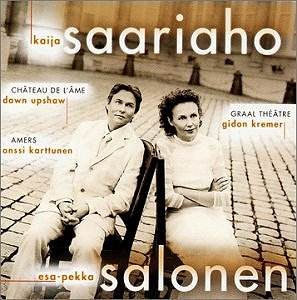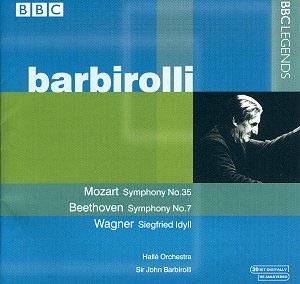 Composer: Kaija Saariaho (b. 1952)
Composer: Kaija Saariaho (b. 1952)
Works: Graal Théâtre (1995), Château de l’Ame (1996), Amers (1992)
Performers: Gidon Kremer (violin), Dawn Upshaw (soprano), Anssi Karttunen (cello), BBC Symphony Orchestra, members of the Finnish Radio Chamber Choir, Finnish Radio Symphony Orchestra, Avanti! Chamber Orchestra
Recorded: Maida Vale Studio 1, London, June 1996 (Graal Théâtre), Hall of Culture, Helsinki, June 2000 (Château de l’Ame), Recording Studio, Finnish Broadcasting Corporation, Helsinki, June 1998 (Amers)
Label: SONY SK 60817
Duration: 71:31
Released: November 2001
In the realm of contemporary classical music, Kaija Saariaho stands as a luminous figure whose works deftly interweave technical innovation with profound emotional depth. This collection, featuring three significant compositions, showcases her evolution as a composer and her mastery of orchestral color and texture. Each piece here not only reflects Saariaho’s unique sonic world but also serves as a testament to her distinctive voice within the canon of late 20th-century music.
Graal Théâtre, composed for violin and orchestra, emerges as a quintessential representation of Saariaho’s dual focus on texture and narrative. The title, drawing from Jacques Roubaud’s literary exploration of quests, aptly frames the music’s first movement, Delicato, which unfolds with an ethereal quality. Gidon Kremer’s interpretation is particularly noteworthy, as he navigates the delicate textures with an almost otherworldly finesse. Kremer’s ability to draw out the violin’s subtleties enhances the movement’s introspective character, creating an atmosphere thick with tension yet buoyed by beauty.
In contrast, the second movement, Impetuoso, bursts forth with a frenetic intensity that mirrors the conflicts inherent in Roubaud’s themes. Kremer’s precision and vigor are commendable, as he articulates the myriad of motifs with clarity, yet one might argue that a touch more restraint could have amplified the movement’s inherent drama. The orchestral accompaniment, conducted with great sensitivity, envelops the soloist, allowing for a nuanced dialogue between the violin and the ensemble.
Following this vibrant exploration, Château de l’Ame reveals a softer, more lyrical side of Saariaho. Scored for soprano, small chorus, and orchestra, it is a poignant setting of ancient texts that delve into the multifaceted nature of love. Dawn Upshaw’s performance is nothing short of exquisite; her voice dances effortlessly through the intricate orchestration, embodying the text’s emotional weight. The delicate interplay between the chorus and the orchestra creates a lush soundscape that is both haunting and ethereal, a hallmark of Saariaho’s artistry.
The engineering of this recording deserves particular mention. The spatial balance between the soloists and the orchestral forces is handled with remarkable care. The clarity of the orchestral textures allows the listener to appreciate the subtleties of Saariaho’s spectral harmonies and the nuanced dynamics that characterize her work. The warmth of the recording envelops the listener, creating an immersive experience that enhances the music’s emotive power.
Lastly, Amers, composed for cello and ensemble, returns to a more austere sound world, echoing Saariaho’s early explorations of color and timbre. Anssi Karttunen’s cello performance is both technically astute and emotionally resonant, conveying the sense of restlessness that Saariaho intended. The piece evokes a maritime journey, as conveyed by the title’s reference to “sea-marks.” The restless energy inherent in the music is palpable, and Karttunen’s ability to traverse the demanding passages with both agility and sensitivity underscores the piece’s dramatic arc.
Historically, these works reflect Saariaho’s significant contributions to contemporary music, particularly in her innovative use of electronics and her engagement with the natural world as a source of inspiration. Each composition encapsulates her journey from the more abstract soundscapes of her earlier years to the lyrical and evocative textures of her later works. This recording serves not only as a showcase of her oeuvre but also as a critical entry point for listeners new to her music.
In conclusion, this release stands as a significant testament to Kaija Saariaho’s artistry, performed by a cadre of musicians who are intimately familiar with her language. The careful attention to detail in both interpretation and recording quality ensures that her music resonates with clarity and depth. This collection is unreservedly recommended for those seeking to explore the rich tapestry of contemporary classical music, revealing the profound emotional landscapes that Saariaho so masterfully crafts.


